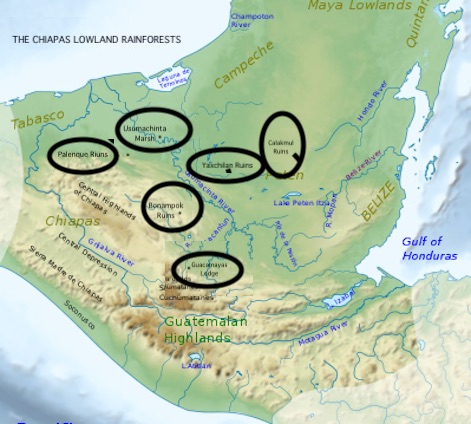
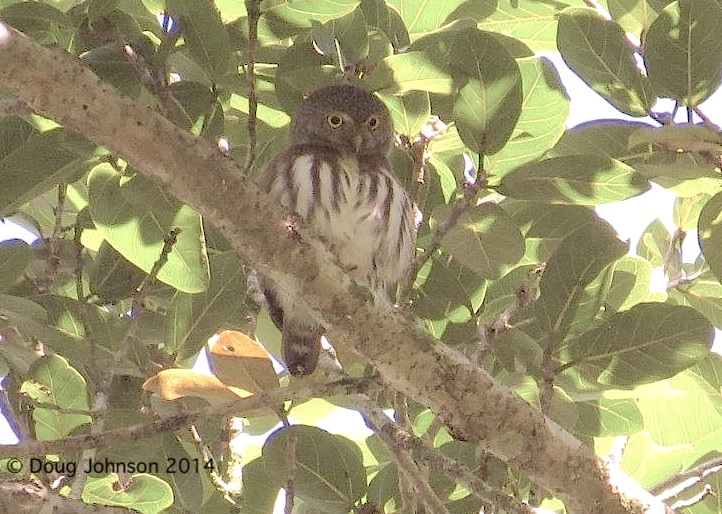
Central American Pygmy-Owl
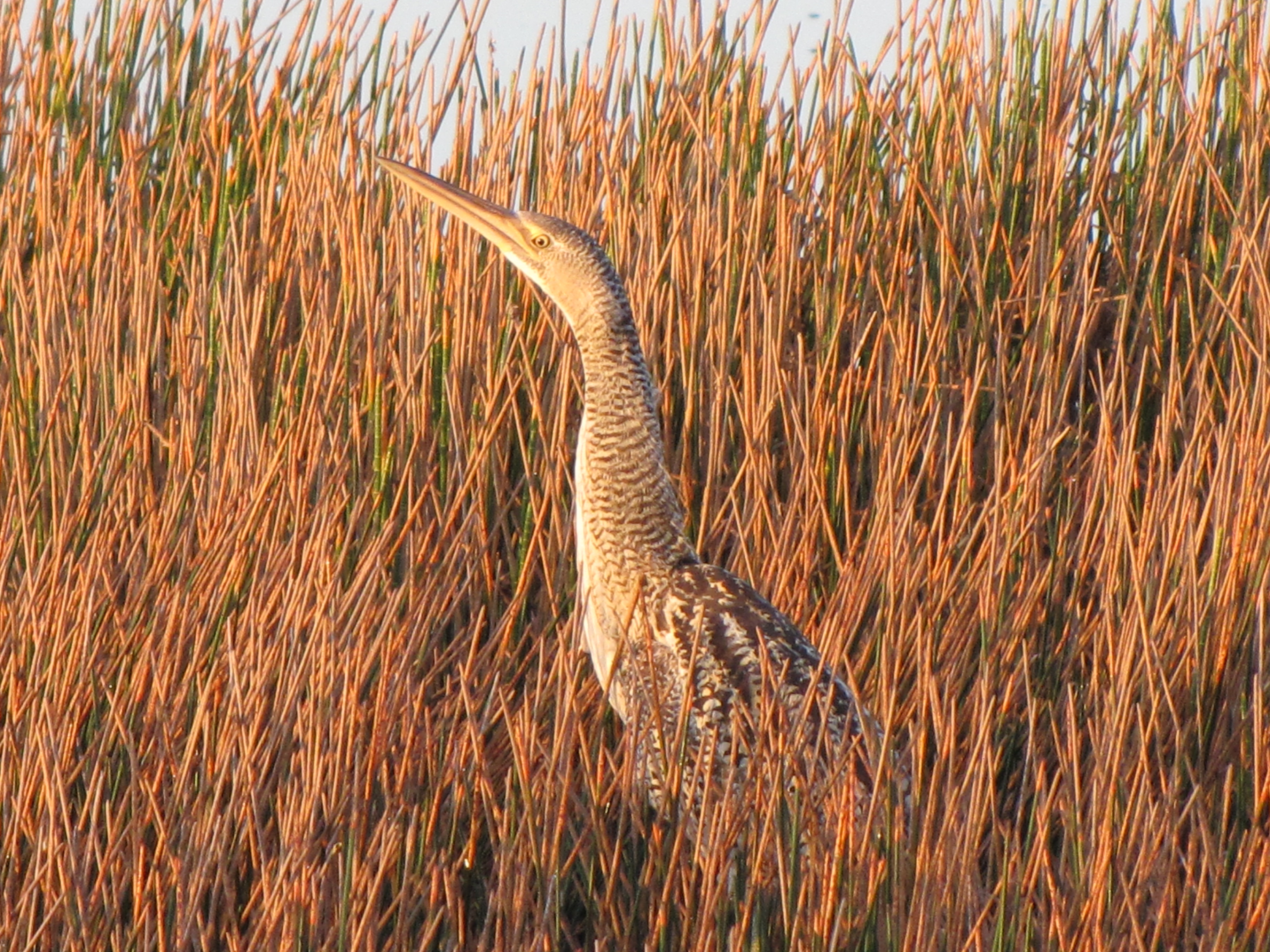
Pinnated Bittern

White-whiskered Puffbird

Guatemalan Tyrranulet
Mexico’s Southeastern Lowland Rain Forest
The international airport at Villahermosa, Tabasco serves this region. The birding route visits parts of the states of Tabasco, Campeche & Chiapas using Mayan ruins sites along major rivers for preferred birding locations. The route is usually run in a circular fashion that begins and ends in the same location, though a custom trip with an added number of days and multiple targets can work along a linear route that includes Tuxtla Gutierrez, Chiapas, Cancun, Quintana Roo, or Oaxaca City, Oaxaca.
Within Chiapas State there are no geographic features that create endemic bird zones. In the southeastern lowlands the pool non-endemic MUST-SEE BIRDS are: (1) Central American species more easily seen in Mexico; (2) birds with a limited range in Mexico; (3) fragile species that require extensive tracks of undisturbed forest; or (4) birds that today survive under protection in major reserves. Some of these species include: Little & Slaty-breasted Tinamou, Pinnated Bittern, Jabiru, Double-toothed & Gray-headed Kites, Bicolored & Black-collared Hawks, Black-and-white, Black, & Ornate Hawk-Eagles, Great Curassow, Ocellated Turkey, Ruddy Crake, Gray-headed & Gray-chested Doves, Scarlet Macaw, Guatemalan Screech-Owl, Central American Pygmy-Owl, Purple-crowned Fairy, White-necked Jacobin, Scaly-breasted Hummingbird, Black-crested Coquette, White-whiskered & White-necked Puffbirds, Chestnut-colored Woodpecker, Rufous-breasted Spinetail, Scaly-throated Leaftosser, Ruddy, Northern-barred, & Tawny-winged Woodcreepers, Mexican Antthrush, Yellow-bellied Tyrannulet, Stub-tailed Spadebill, Yucatan, Ruddy, Northern Royal & Sepia-capped Flycatchers, Rufous Piha, Rufous Mourner, Lovely Cotinga, Nightingale Wren, Gray-throated Chat, Black-throated Shrike-Tanager, Rose-throated and Golden-hooded Tanagers, Black Catbird, Gray-throated Chat, Lesser Seed-Finch, Variable Seedeater, Grassland Yellow-Finch, Green-backed Sparrow, Yellow-tailed Oriole, and Chestnut-headed Oropendula.
The choice of a strategy for birding this region depends on target species and the season of the year. The winter season seems to be perfect for birds and birders alike. Springtime and early summer trips will also be successful as responsive territorial birds contribute less time looking for targets, however both the heat and the rainfall increase dramatically after mid-March.
Key birding destinations are located the states of Tabasco, Campeche, and Chiapas:
- The Usumachinta River basin – targets include Jabiru and Pinnated Bittern
- The Mayan site at Calakmul – large game birds like Ocellated Turkey
- The Mayan sites along the Upper Usumachinta – Yaxchilan & Bonampak
- The Pristine Lacantun River and its tributaries
- The Mayan site of Palenque – still good for birds but no longer great
Birding trips in the region will average between ten and fifteen days depending on the number of habitat-pockets covered and/or the season of the year [winter birding is wonderful here]. From this route Custom-Tours can easily access the Guatemalan Highlands or the upper Yucatan Peninsula.

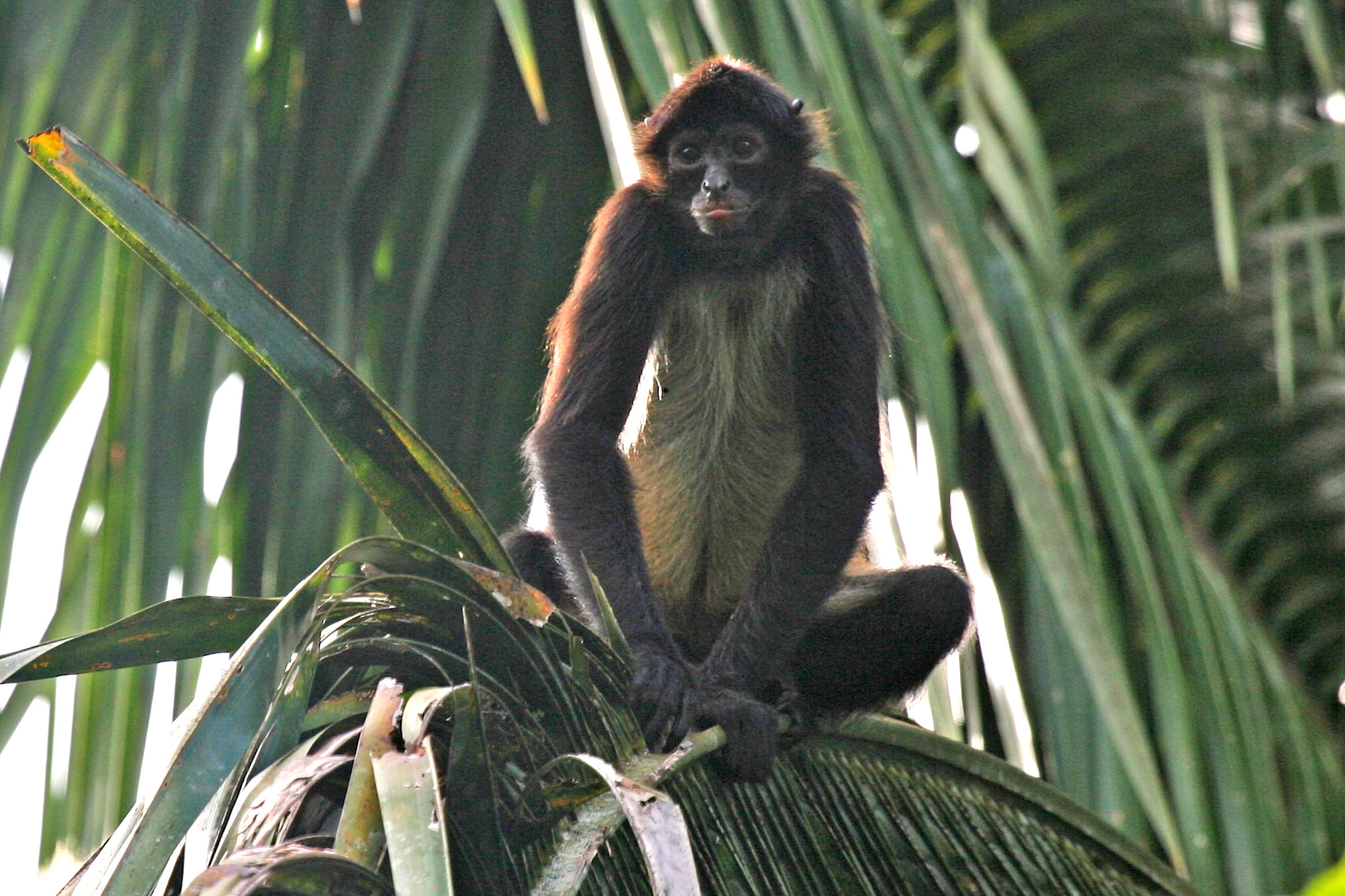

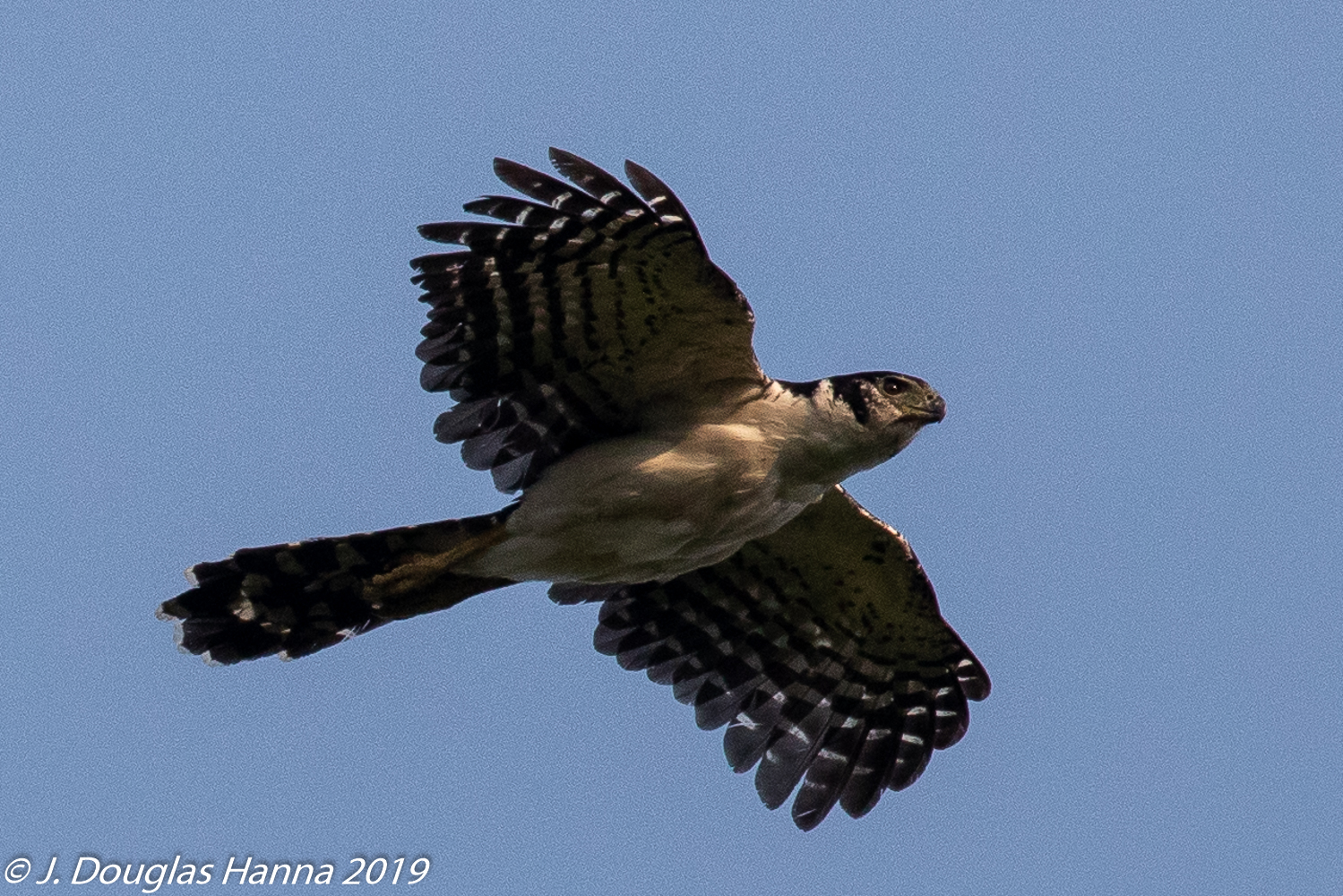
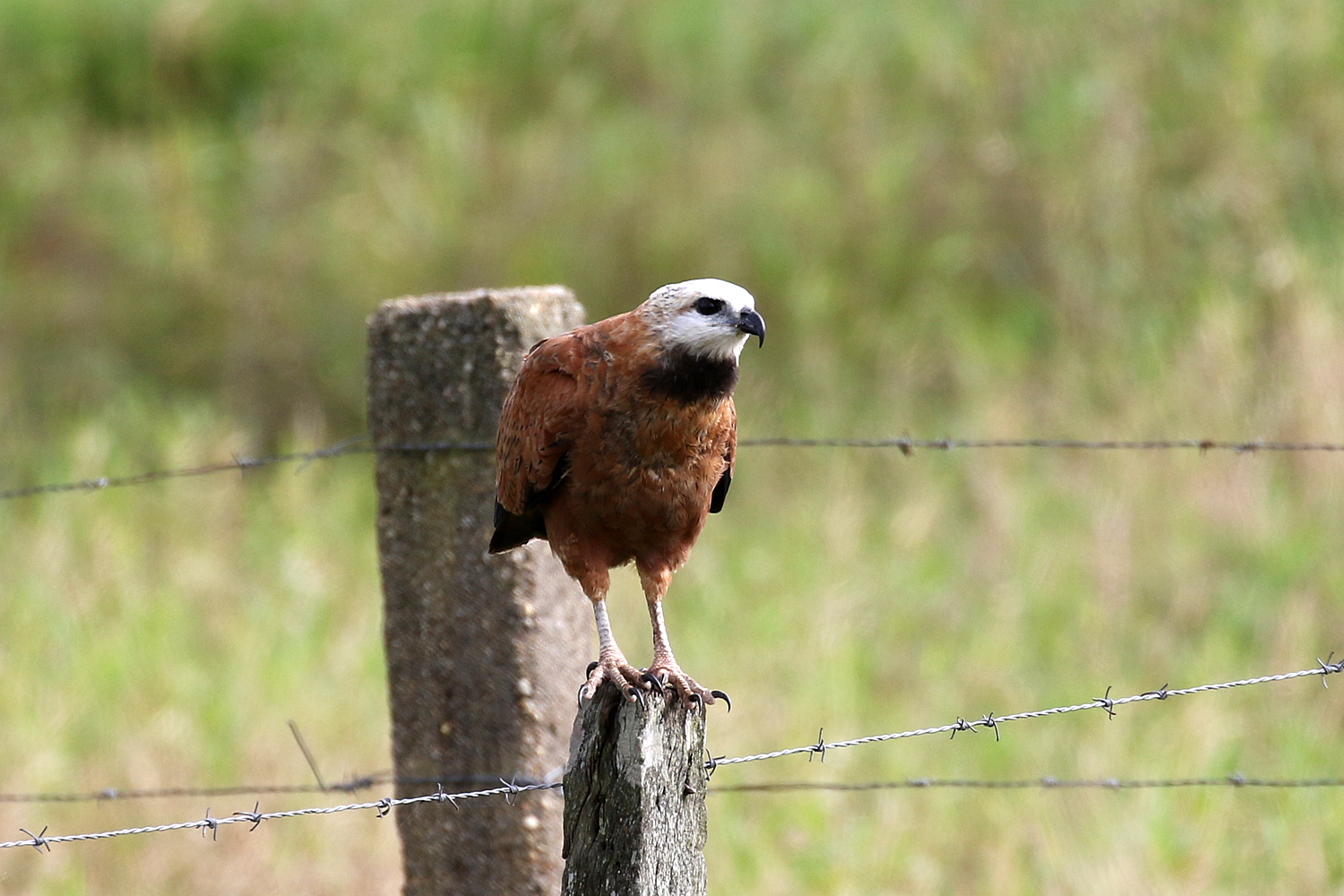
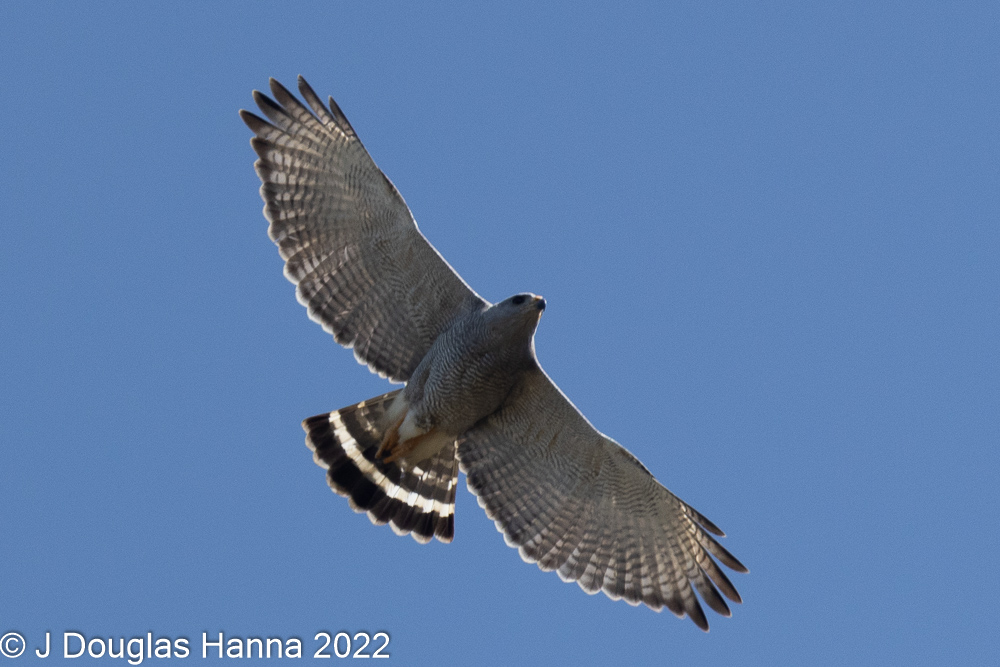
SOUTHEASTERN CHIAPAS – Forested Trails & Riverine Edge by Boat – 400 TOTAL SPECIES
NORTHERNMOST LOWLAND RAINFORESTS IN THE AMERICAS: World-class birding amid vast tracks of intact woodland for Slaty-breasted Tinamou, Great Curassow, Ocellated Turkey, Spotted Wood-Quail, Agami Heron, Ruddy Crake, Central American Pygmy-Owl, Ornate Hawk-Eagle, Scarlet Macaw, Black-crested Coquette, Mexican Antthrush, Scaly-throated Leaftosser, Ruddy Woodcreeper, Rufous-breasted Spinetail, Northern Nightingale-Wren, Speckled Mourner, and Lovely Cotinga.
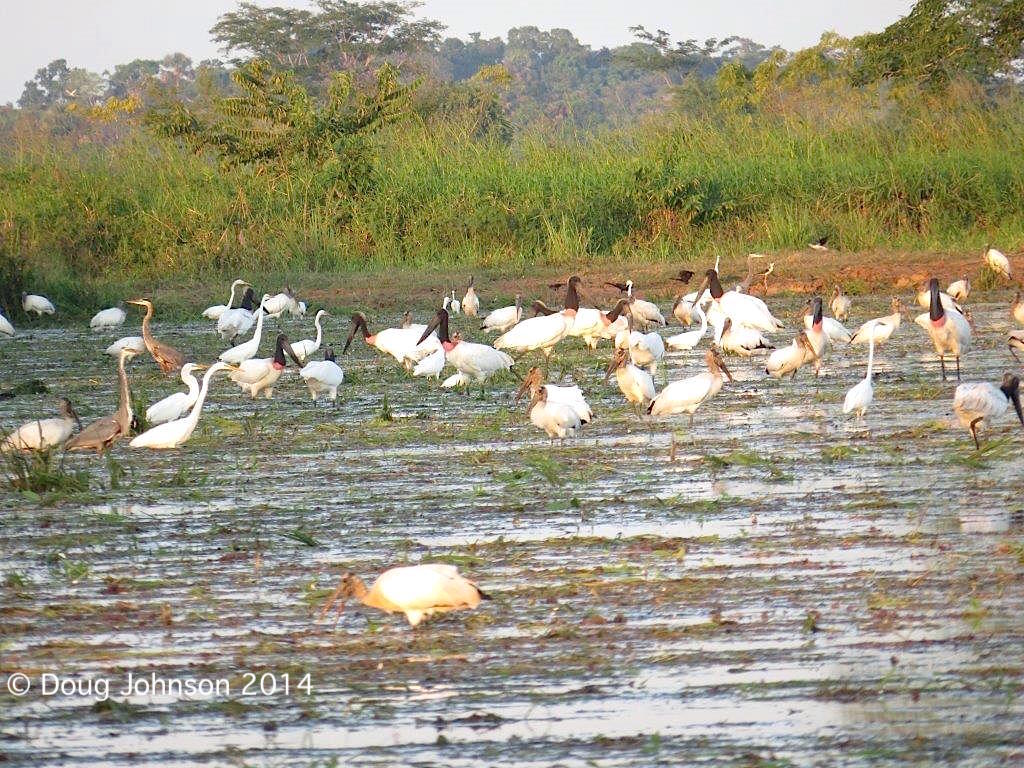
A Gathering of JABIRU
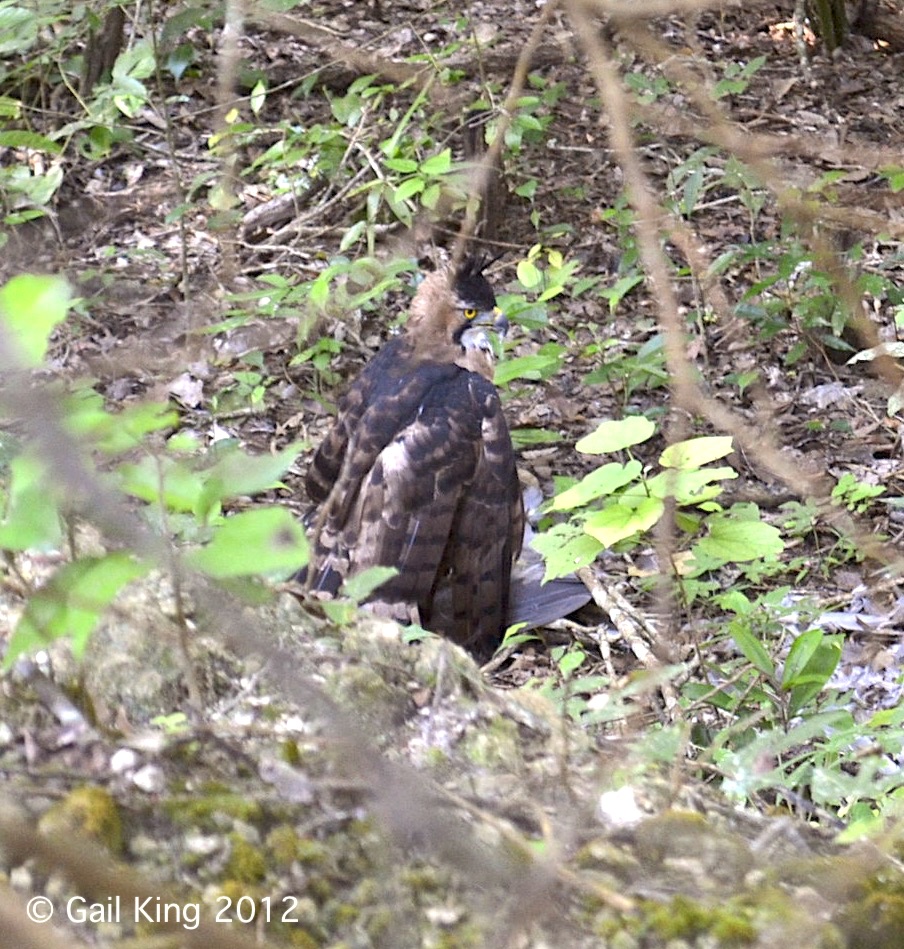
Ornate Hawk-Eagle Mantling ‘a kill’
